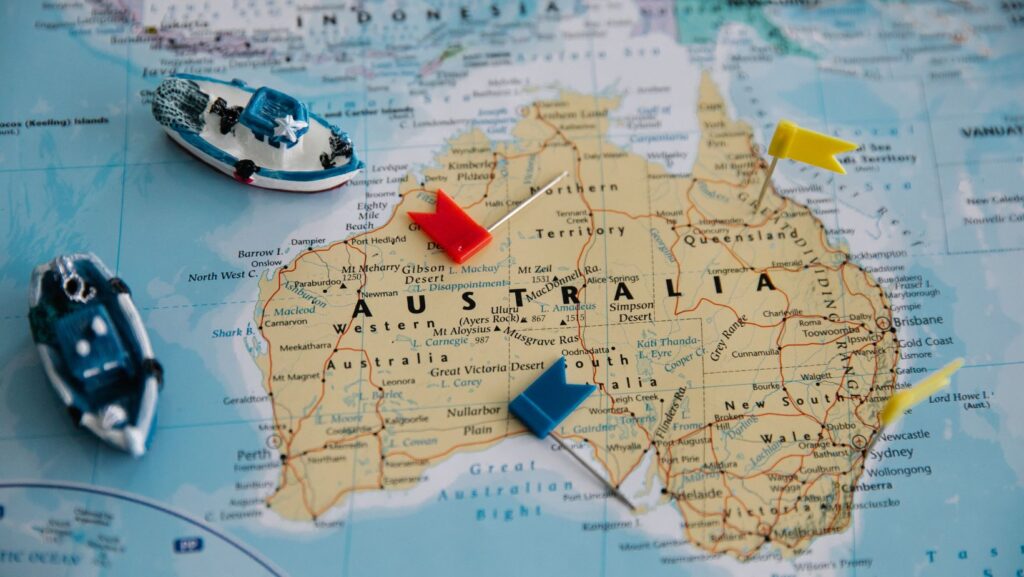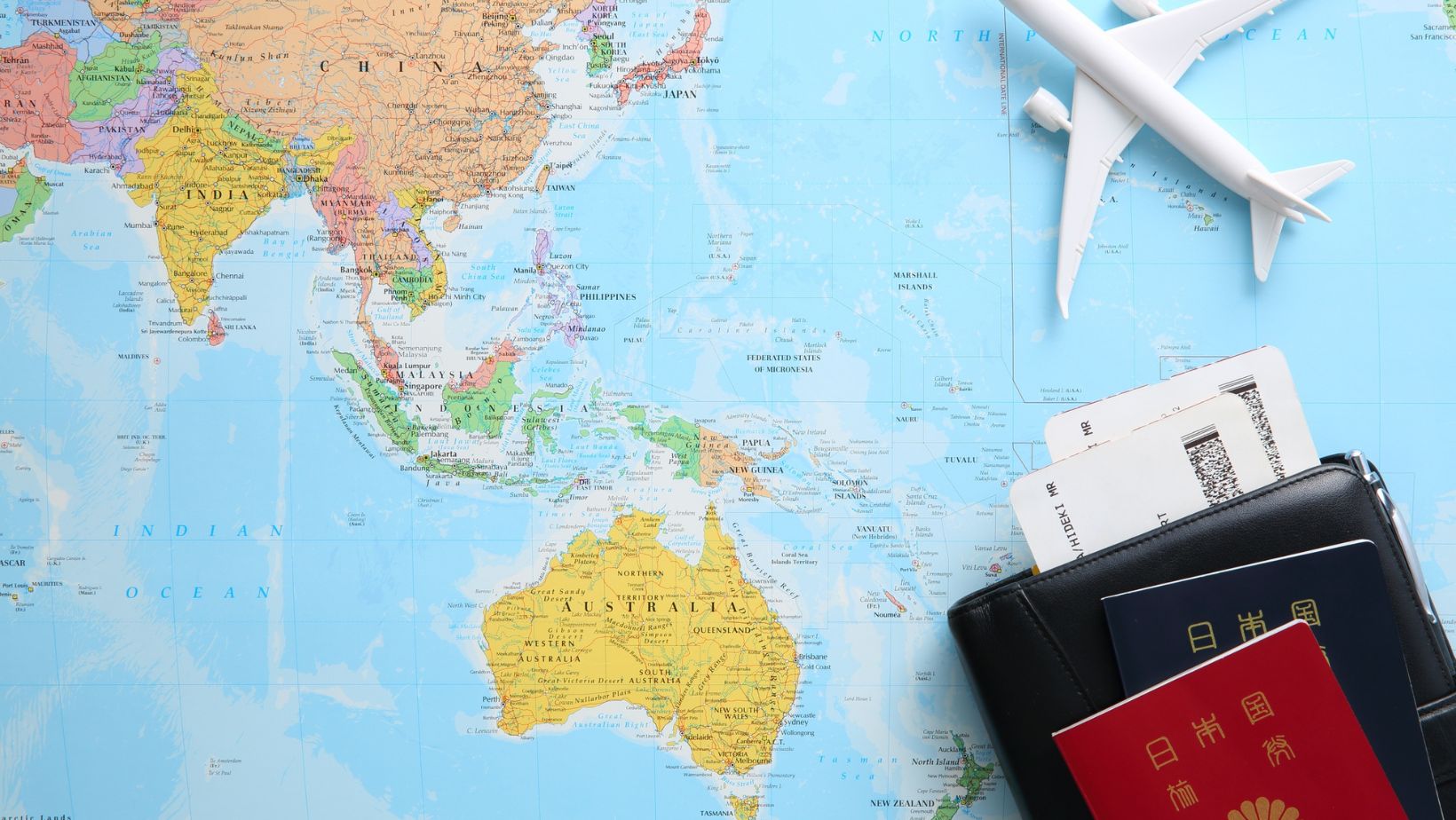Did you find that you have no mobile signal but are in the middle of a breathtaking national park? Worst Situation, right? Whether hiking through the Blue Mountains, camping in the Outback, or road-tripping along the Great Ocean Road, staying connected is essential for navigation, safety, and sharing your adventures. Being smart enough to decide on the right mobile plan for Australia’s outdoors can make all the difference. An Australia prepaid eSIM is an excellent option for travelers seeking convenience, coverage, and affordability. With the right mobile plan, exploring Australia’s stunning landscapes becomes even more enjoyable without worrying about losing connection.
Contents
Table of Contents
ToggleWhy Coverage Matters When Exploring the Outdoors
Australia is best known for its diverse landscapes, but not all areas have strong and best mobile coverage, even if this is true. While cities and popular tourist spots have excellent network availability, remote areas, national parks, and outback regions can have limited or no signal.
Choosing a mobile plan with reliable network coverage is crucial for exploring outdoor beauty or landscapes. Some providers have more substantial coverage in rural areas, while others may only work well in urban locations. Before choosing a plan, travelers should check network maps to see which providers offer the best coverage in the areas they plan to visit.
An Australia prepaid eSIM can be an excellent choice for travel between different regions. Since eSIMs allow for easy switching between networks, users can select the provider with the strongest signal wherever they go. This flexibility ensures a smoother and more connected outdoor experience.
Prepaid vs. Postpaid: Which Plan is Better for Travelers?
When choosing a mobile plan, travelers must decide between prepaid and postpaid options. Both have different benefits and different styles. Prepaid plans allow users to pay for data, calls, and texts in advance, while postpaid plans require a contract with monthly billing.
For outdoor travelers, a prepaid plan is often the better choice. It offers flexibility, no long-term commitments, and the ability to control spending. Travelers can purchase a data package that fits their needs and top up as required. This prevents unexpected charges and ensures that they only pay for what they use.
On the other hand, postpaid plans may provide unlimited data and additional features, but they often require local bank accounts and credit checks. Prepaid plans provide an easy and cost-effective alternative for short-term visitors or those who don’t want to commit to a long-term contract.
How Much Data Do You Need?
The use of mobile data depends on how a traveler plans to use their phone throughout the trip. Those who mainly use their phones for calls, text messages, and occasional GPS navigation may not need a large data plan. However, travelers who stream music, upload photos or use video calls may require more data.
While you’re exploring remote areas, having a good data plan is essential. Some national parks and camping sites may not have Wi-Fi, making mobile data the only option for staying connected. Downloading offline maps and saving important travel information before heading into the wild can help reduce data usage.
You can go ahead with prepaid plans that offer different data packages, so travelers should know and understand their usage and how much they’ll use before choosing a plan. A flexible eSIM option allows users to increase their data allowance if needed, ensuring they don’t run out at a crucial moment.
The Benefits of Using an eSIM for Outdoor Adventures
For travelers who don’t want the hassle of buying a physical SIM card, an eSIM is a smart choice. Unlike traditional SIM cards that need to be inserted and removed, an eSIM is built into the phone and can be activated with a QR code.
One of the most significant eSIM benefits is switching between providers without changing SIM cards. This is especially useful when traveling through different regions, allowing users to connect to the most substantial network.
Another advantage is how quickly you can buy a SIM and set up an eSIM. Travelers can buy a plan online before going on a trip and activate it instantly upon arrival. This means they don’t have to search for a local SIM card store or deal with complex registration processes. With an eSIM, staying connected in Australia’s great outdoors becomes simple and hassle-free.
Tips for Staying Connected in Remote Areas
Even with the best mobile plan, some areas in Australia may still have weak or no signal. Here are a few tips to stay connected while exploring remote locations:
- Check coverage maps before your trip: Many areas have better network coverage than others, so researching in advance can help travelers prepare for connectivity gaps.
- Use offline maps: You must download maps before heading into a remote area, ensuring travelers can navigate without a mobile signal.
- Enable Wi-Fi calling: Some providers will help allow calls over Wi-Fi instead of cellular networks.
- Carry a portable hotspot: If you have weak mobile coverage, a portable Wi-Fi device will help you better which will boost connectivity.
- Have an emergency plan: For areas with no signal, you must tell someone their itinerary and expected return time.
Conclusion
If you look forward to exploring Australia’s great outdoors, it is truly an unforgettable experience, but staying connected is just as important as packing the right gear. If you want to check maps, book accommodations, or stay in touch with loved ones, you need to check and buy a reliable mobile plan that makes outdoor adventures more manageable and safer.
For long-term or Short-term travelers looking for flexibility, convenience, and strong network coverage, a prepaid plan or an eSIM is a great option. With the right mobile plan, outdoor explorers can focus on enjoying Australia’s breathtaking landscapes without worrying about losing connection.



